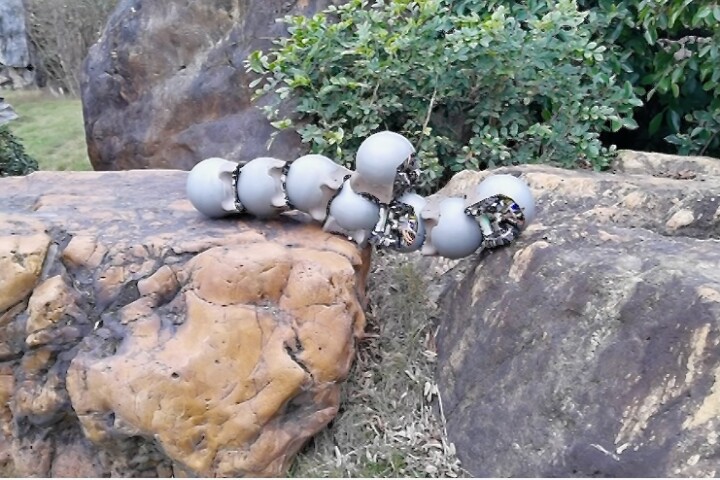Salt may indeed keep winter roads free of ice, but it also actively degrades them. There may be a way out of the conundrum, however. Drexel University's Dr. Yaghoob Farnam has been experimenting with making "salt-proof" concrete that incorporates waste products generated by coal furnaces and the smelting process.
Ordinarily, regular Portland-style cement contains calcium hydroxide, which reacts with road salt (calcium chloride) to form calcium oxychloride. Unfortunately, calcium oxychloride expands as it forms, creating cracks in the concrete.
Fortunately, though, Farnam believes that fly ash, slag and silica fume could be used to replace the calcium hydroxide. The mixture serves much the same purpose, yet produces very little calcium oxychloride when combined with salt. Additionally, given that the fly ash, etc are currently unwanted and plentiful waste products, concrete made with the mixture should also be cheaper than traditional concrete.
In lab tests, when samples of regular concrete were exposed to road salt, they began degrading in just eight days. By contrast, samples of the fly ash concrete remained undamaged over the same period.
Farnam and his team are also looking at using a protective surface layer of bacteria to prevent calcium oxychloride formation on concrete.
Source: Drexel University




